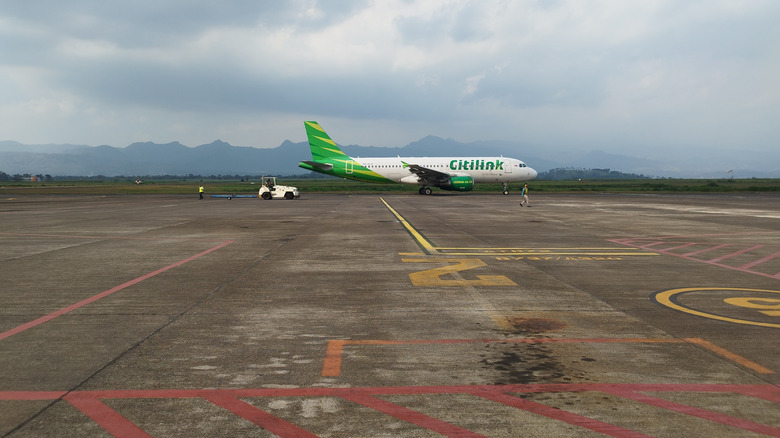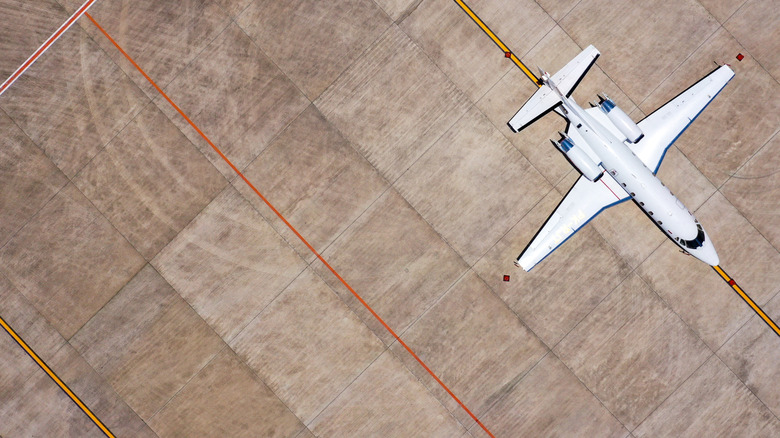What Makes Airport Runway Pavement So Different From Everyday Roads?
Serving as the main entry and departure points for air travel, airports link people to locations and cultures worldwide. The most important component of any airport is its runways because these serve as the primary stretch of land used for safe and effective takeoffs and landings. Runways seem similar to regular roadways but are unique in its design, materials used, and durability. Normal roadways are only used for vehicles and have higher, but lighter load repetitions, and are exposed to lower contact area and pressure. Lastly, the concrete layer for a normal highway is only about 11 inches thick, whereas a runway can be 17 inches thick.
Because of the enormous loads and unique operating requirements of airplanes, runway pavements differ greatly from regular road pavements. Runways must be strong enough to support the weight of big aircraft, including the Airbus A380, the world's largest airliner. With the typical volume of airport traffic in 24 hours, runways must be resilient enough to avoid damage from fast landings and takeoffs. Finally, the runway should have enough friction for aircraft to brake on, particularly in wet or snowy weather.
An airport runway isn't a single slab of material, it is composed of several layers up to 2.5 meters thick. At the very bottom is the thickest layer called subgrade, which is made by digging and compacting the native soil. Next is the graded granite base composed of granular materials such as crushed stone, gravel, and sand. The next layer is the cement-treated base made of cement, water, and dirt or aggregates, and acts as the foundation for runway surfaces. Lastly, the topmost layer that aircraft come into contact with is composed of asphalt and aggregates and is designed to provide the friction required for takeoff and landing.
Built tough and durable
Within the United States, the Federal Aviation Administration regulates airport design by creating and enforcing standards for engineering, design, and construction. Specific to runways, the FAA will examine the weight and number of operations of every kind of aircraft that will utilize the runway to select a representative design aircraft. The chosen aircraft example is typically not the heaviest aircraft, but rather the one that needs the thickest pavement due to its weight distribution and landing gear arrangement. Alongside its structural composition, another vital design element on runways are the large painted numerical markings that serve as guides and reference markers for pilots.
There are also three types of runways: precision, non-precision, and visual. Non-precision instrument runways use air navigation systems that solely provide horizontal guidance, such as a non-directional beacon or VHF Omnidirectional Range, to provide a non-precision approach. Normally found at smaller airports, visual runways use visual signals instead of instrument guidance for pilots when landing or takeoff. Precision runways are among some of the longest airport runways in the world, and these are outfitted with cutting-edge equipment, including Instrument Landing System or Microwave Landing Systems, giving pilots vertical and horizontal direction when making instrument approaches.
Together with runways, airports are designed with runway safety areas that act as a safeguard for aircraft that overshoot or veer off the main runway. Runways are specifically built to give aircraft operators a secure and regulated operating environment and are meticulously monitored and maintained. By keeping runways clean and in good condition, the risk of accidents from punctured tires or debris is minimized, which ensures a safer and more enjoyable experience for all travelers.

